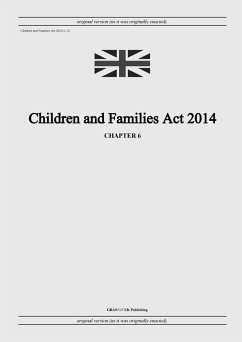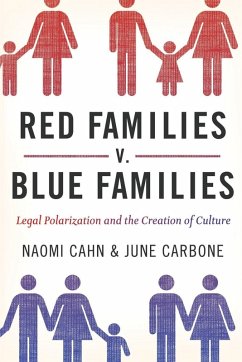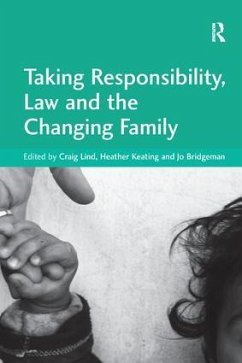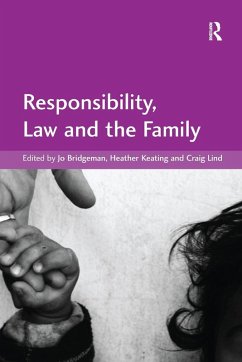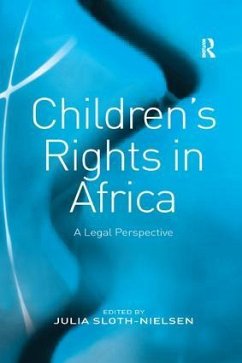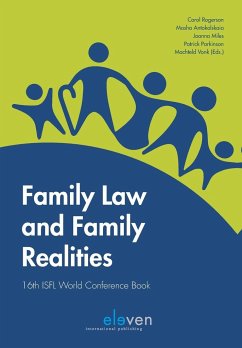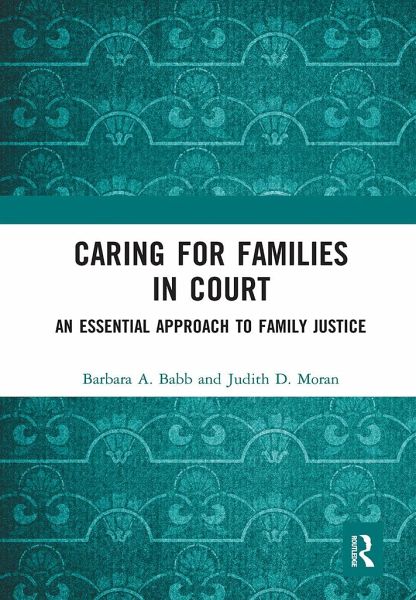
Caring for Families in Court
An Essential Approach to Family Justice
Versandkostenfrei!
Versandfertig in 1-2 Wochen
55,99 €
inkl. MwSt.
Weitere Ausgaben:

PAYBACK Punkte
28 °P sammeln!
In many US courts and internationally, family law cases constitute almost half of the trial caseload. These matters include child abuse and neglect and juvenile delinquency, as well as divorce, custody, paternity, and other traditional family law issues. In this book, the authors argue that reforms to the family justice system are necessary to enable it to assist families and children effectively. The authors propose an approach that envisions the family court as a "care center," by blending existing theories surrounding court reform in family law with an ethic of care and narrative practice. ...
In many US courts and internationally, family law cases constitute almost half of the trial caseload. These matters include child abuse and neglect and juvenile delinquency, as well as divorce, custody, paternity, and other traditional family law issues. In this book, the authors argue that reforms to the family justice system are necessary to enable it to assist families and children effectively. The authors propose an approach that envisions the family court as a "care center," by blending existing theories surrounding court reform in family law with an ethic of care and narrative practice. Building on conceptual, procedural, and structural reforms of the past several decades, the authors define the concept of a unified family court created along interdisciplinary lines - a paradigm that is particularly well suited to inform the work of family courts. These prior reforms have contributed to enhancing the family justice system, as courts now can shape comprehensive outcomes designed to improve the lives of families and children by taking into account both their legal and non-legal needs. In doing so, courts can utilize each family's story as a foundation to fashion a resolution of their unique issues. In the book, the authors aim to strengthen a court's problem-solving capabilities by discussing how incorporating an ethic of care and appreciating the family narrative can add to the court's effectiveness in responding to families and children. Creating the court as a care center, the authors conclude, should lie at the heart of how a family justice system operates. The authors are well-known figures in the area and have been involved in family court reform on both a US national and an international scale for many years.






